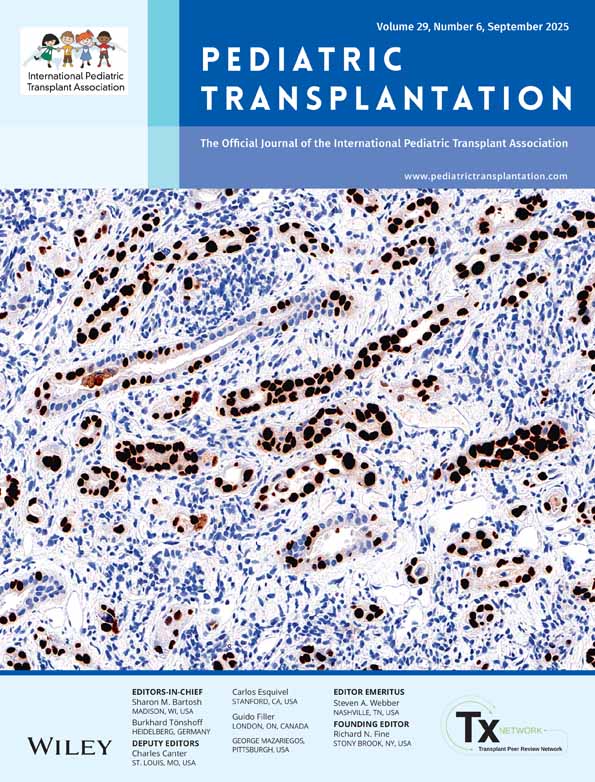Asymptomatic inferior vena cava abnormalities in three children withend-stage renal disease: Risk factors and screening guidelines for pretransplant diagnosis
Abstract
We report two children with end-stage renal disease (ESRD) found to have inferior vena cava (IVC) thrombosis at the time of renal transplantation. The children suffered from renal diseases that included congenital hepatic fibrosis and portal hypertension as part of their pathophysiology. Neither child had evidence of hypercoaguability or clinical symptoms of IVC thrombosis. Prior to transplantation, the renal replacement therapy consisted primarily of peritoneal dialysis. During their hospital courses, these children had central venous catheters placed for temporary hemodialysis, episodes of peritonitis and numerous abdominal surgeries. The medical literature to date has not identified a link between IVC thrombosis and portal hypertension, nor has an association between the patients’ primary renal disease and IVC thrombosis been found. We also report the finding of asymptomatic IVC narrowing in a third patient with obstructive uropathy, colonic dysmotility and numerous abdominal surgeries. IVC narrowing was diagnosed by CT scan during his pretransplant evaluation. In this paper, we consider similarities between these three patients that may have predisposed each of them to asymptomatic IVC pathology, including large-bore central venous access as young children and/or recurrent scarring abdominal processes. A discussion regarding appropriate screening of the ‘high-risk patient’ for IVC pathology prior to kidney transplantation and surgical options for children with this rare complication are presented.




